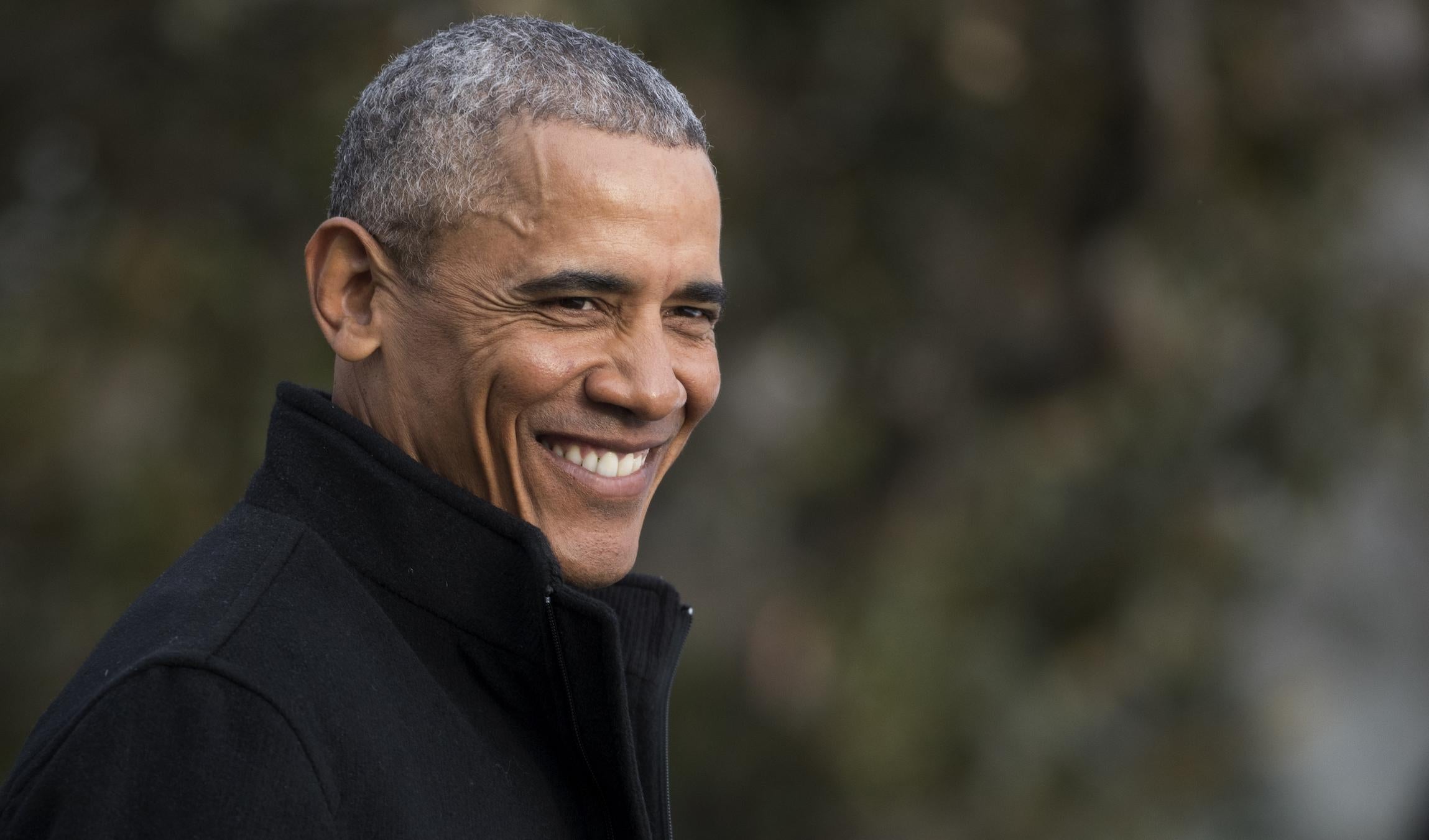The American economy grew at an annual rate of 2.1 per cent in the last three months of 2016, the final full quarter of Barack Obama's eight-year Presidency.
The final estimate from the US Bureau of Economic Analysis was slightly higher than the 2 per cent pencilled in by economists surveyed by Reuters.
It was also revised up from the 1.9 per cent in the previous estimate.
However, it was a slowdown from the 3.5 per cent GDP growth rate in the third quarter of 2016.
Donald Trump was sworn in as President at the end of January 2017.
He has pledged to raise the US growth rate to 4 per cent and create 25 million jobs over the next decade, something experts regard as highly implausible, although financial markets have rallied since the Presidential election last November in anticipation of tax cuts and a surge in infrastructure spending.
US growth for the calendar year 2016 was 1.6 per cent.
The contrasts with 1.8 per cent growth in the UK over the same period.
Analysts said that the GDP figures made more rapid interest rate hikes from the US Federal Reserve more likely.
"Bullish Q4 growth figures for the US this afternoon gave another subtle nudge to Janet Yellen that any reference to ‘data-dependence’ probably isn’t going to convince markets that two or more further hikes won’t occur this year," said Alex Lydall, head of dealing at Foenix Partners.
The Fed raised interest rates to 0.75-1 per cent in March, after last increasing them in December 2016.
Its current forecasts imply two further hikes this year.
According to the BEA, fourth quarter consumption rose at 3.5 per cent annual rate.
There was a 9.6 per cent jump in residential investment, following two quarters of contraction.
“The deceleration in real GDP in the fourth quarter reflected downturns in exports and in federal government spending, an acceleration in imports, and a deceleration in nonresidential fixed investment that were partly offset by accelerations in private inventory investment and in PCE [personal consumption expenditure], and upturns in residential fixed investment and in state and local government spending,” said the report.
Subscribe to Independent Premium to bookmark this article
Want to bookmark your favourite articles and stories to read or reference later? Start your Independent Premium subscription today.


Join our commenting forum
Join thought-provoking conversations, follow other Independent readers and see their replies